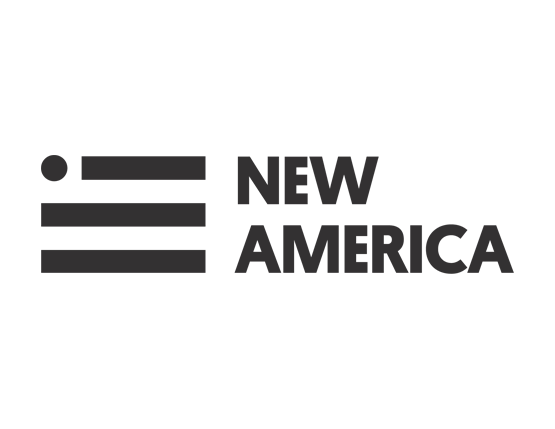In the Media
Here’s A No-Brainer: Students Should Know What Their College Costs Will Be
August 14, 2019
By Wesley Whistle
.png)
Recent research from New America and uAspire examined more than 11,000 of these letters and showed just how complicated and confusing this can be for students. After a thorough review of letters from over 500 different colleges and universities predominantly from the public and nonprofit sectors, the research showed some troubling results. Shockingly, over a third of the schools did not include any cost information—so students couldn’t easily calculate what gap they would still have to fill after accepting the financial aid package. One student received a scholarship of more than $20,000, which might sound pretty good. But without clear cost information, they were unable to discern just how much they still owed—the school failed to mention the additional $17,000 per year needed.
Colleges were also inconsistent with loans. Borrowing to attend college is a necessity for millions of students, especially low-income students who will often still face a gap even after they borrow loans. But this decision-making—which often comes with a hefty price tag—is made difficult by muddled information. For example, every student who completes the FAFSA qualifies for a Federal Direct Unsubsidized Loan, but of the more than 500 schools analyzed, 134 different terms were used to depict this loan. Even worse, 24 did not even include the word “loan.” With so many different terms for the same federal loan, it can be nearly impossible for students and their families to make apples-to-apples comparisons across schools around the kitchen table. And without the word “loan,” students may not even realize they have to borrow to attend—downright misleading. And that is just about one single loan.
Those problems are just two of the many troubling pieces of data from this research. Financial aid offers constitute just one piece that makes the college-going puzzle that much harder.
View original article